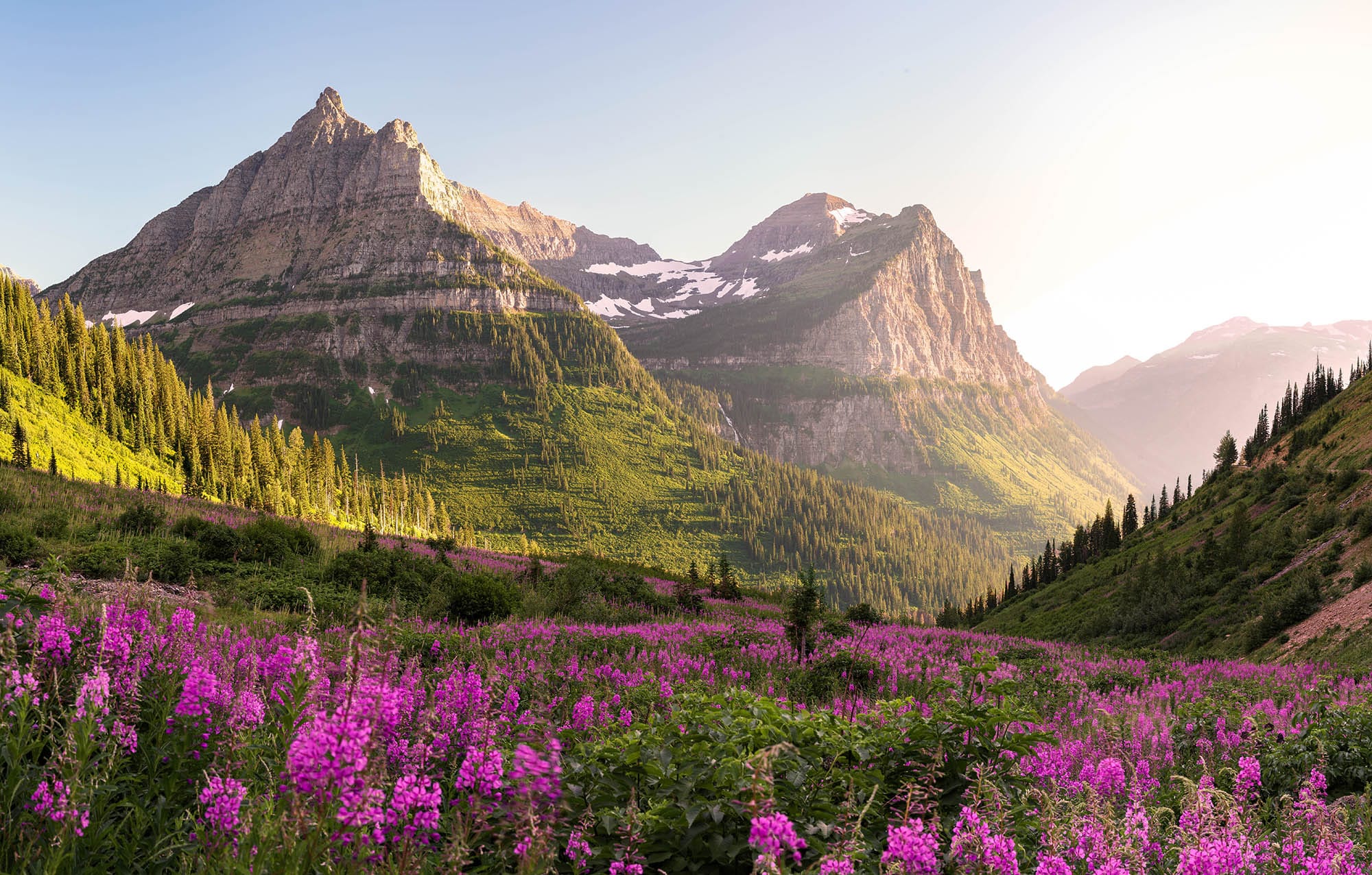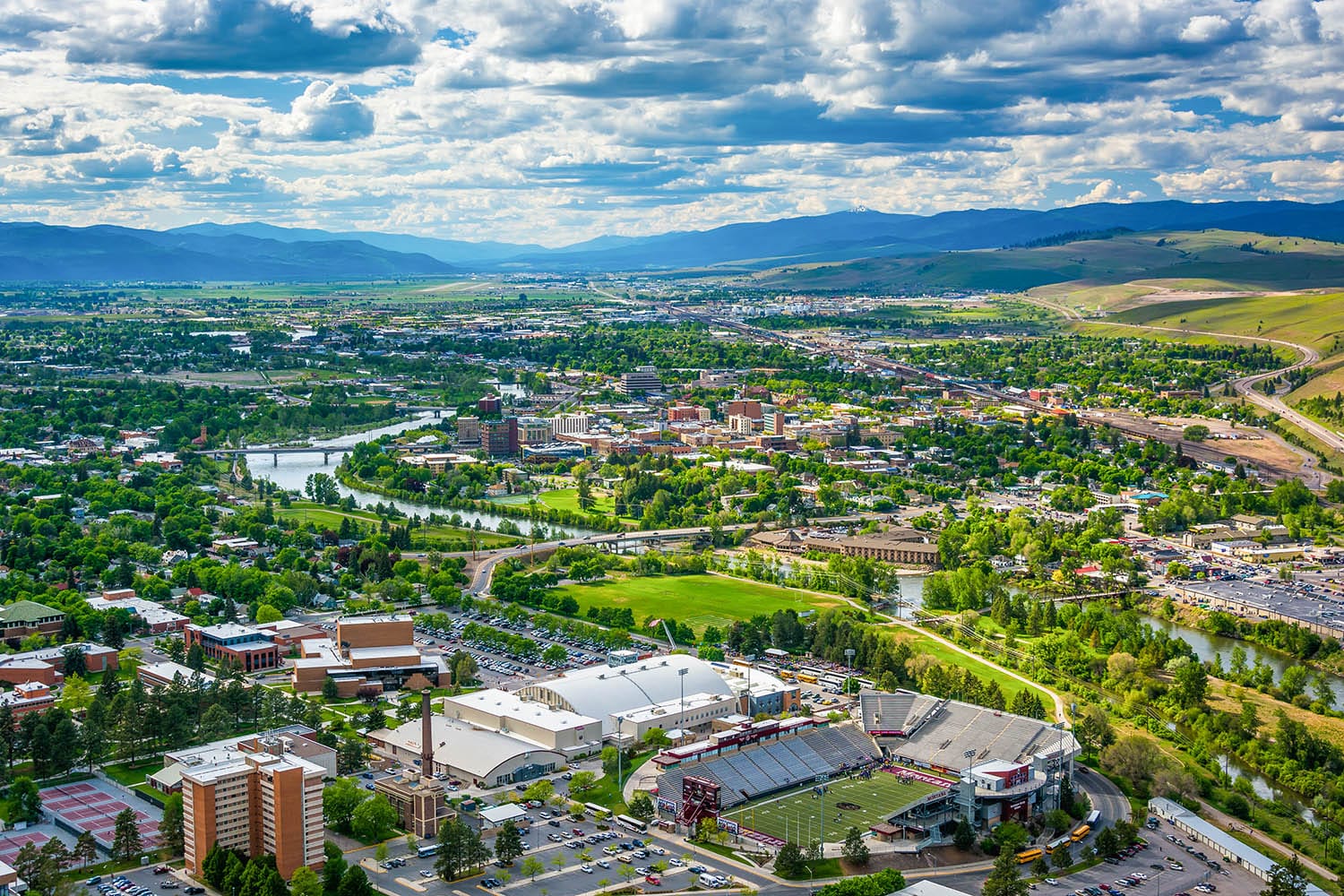
Big Sky is in Big Demand
The hit TV series “Yellowstone” filmed in Montana, tells the story of powerful Ranch owner John Dutton, and his fight to keep his lands to continue his family’s legacy. While most Montana residents aren’t huge ranch owners, the show does a great job of depicting the continued fight between locals and wealthy newcomers wanting to live the cowboy life.
But while the show highlights this struggle, it’s also a catalyst for continued tourism and the desire to live in the state.
It’s not all bad though, the show itself has had a significant impact on the local economy, according to a study by the University of Montana. When season four was shot on location last year, the production spent $72 million dollars in the state, with businesses in the state getting another $85 million economic boost.
Everyone Wants a Slice of the Montana Pie
For those that have watched the show, or visited Montana, it’s hard to disagree with the desire to live near the state’s jaw-dropping natural beauty.
“We’ve had an influx of all sorts of wealthy individuals looking for ranches,” Robert Keith, founder of boutique investment firm Beartooth Group, told CNBC. “They’re looking to own really amazing large properties.”
We’ve seen this across the country, but with high demand and low supply, home prices in Montana have soared.
In Bozeman, the median listing price for a single-family home was almost $500,000 in January 2020 and has skyrocketed to nearly $849,000 in April 2022. The areas around Missoula and Kalispell saw even more dramatic price increases. Rents are so high that even working professionals are having a tough time finding housing they can afford.

Big Growth in Big Sky
Montana’s population growth has been steady over the years. Montana, the eighth smallest state by population, now has a population of more than 1.1 million people. From 2010 to 2020, the state grew 9.6%, according to the U.S. Census Bureau.
Then COVID hit, and with that came remote work. In 2021, Montana became one of the fastest-growing re-location destinations in the country, according to the U.S. Census Bureau.
“A lot of our clients during the pandemic, came out and found shelter at the ranches, a safe place to be and no people around,” said Tim Murphy, a longtime ranch broker from Bozeman and partner at Hall & Hall.
While this might be good news for current homeowners earning equity, it’s bad news for locals that are quickly being priced out of the market. Affordable housing has become a hot topic, with local officials scrambling to find solutions.
“Montana has quickly become inaccessible to those who live and work here,” said the nonprofit, which is pushing lawmakers to prioritize housing affordability.
Local roads are now scattered with people in campers and tents who can no longer afford to pay rent or own a house. Habitat for Humanity calls it a housing crisis.
“If we woke up tomorrow to 1,000 brand-new housing units, they would be snatched up by same people who are snatching them up today: 20% would go to wealthy people from Bozeman who can afford to move up or invest; 50% would go to wealthy newcomers; and the remaining 30% would go to out-of-state investors,” wrote Steve Kirchhoff and Jeff Krauss in the Mountain Journal.
To add to the influx of newcomers, much of the available housing in the state is quickly purchased by wealthy residents (old and new) and Wall Street investors.
Montana Residents Aren’t Happy
To no surprise, most residents are upset with the quick growth from economic stimulation, that’s been pricing them out of the state they call home.
The University of Montana Crown of the Continent and Greater Yellowstone Initiative reported poll results that found most Montanans dislike the impacts of fast-paced growth. A whopping 92% said the lack of affordable housing is a 'very or 'extremely' serious problem.
Most poll respondents believe that growth is happening too fast and has led to a decline in their quality of life.
Along with affordability issues, residents have voiced their concerns about the cultural divide between themselves and out-of-state buyers. “Yellowstone” also highlights this growing divide, as downtowns in multiple cities have revamped local businesses and cultural aethestic.
The content provided on this website is deemed accurate at the time of creation.


Comments